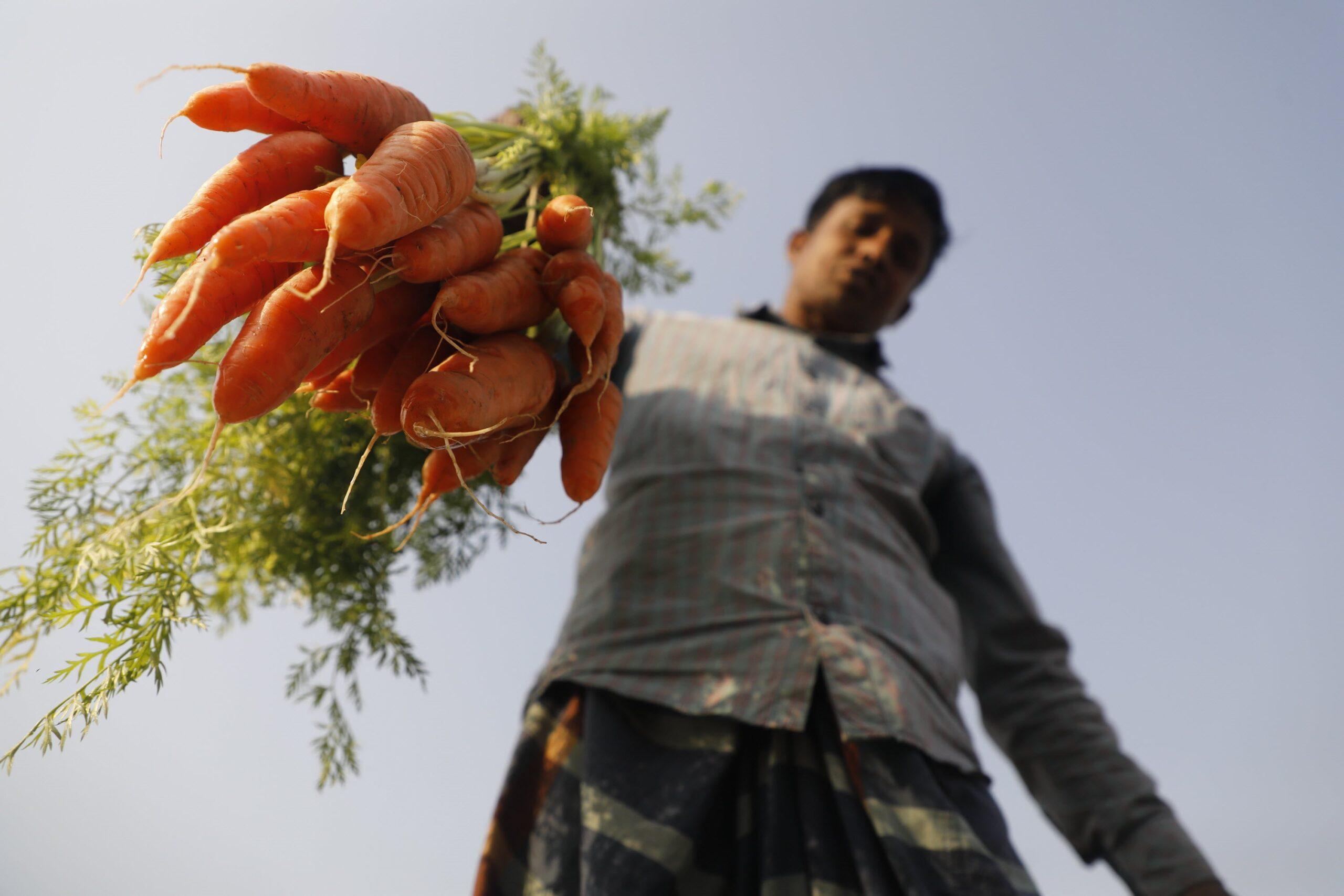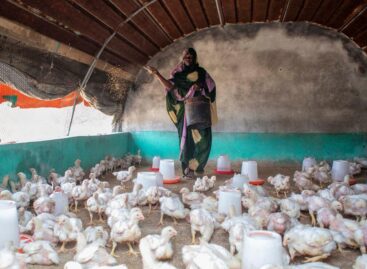The negative hidden costs of food systems can reach $10 trillion
Agrifood systems generate significant benefits to society, including the food that nourishes us and jobs and livelihoods for over a billion people. However, their negative impacts due to unsustainable business-as-usual activities and practices are contributing to climate change, natural resource degradation and the unaffordability of healthy diets. Addressing these negative impacts is challenging, because people, businesses, governments and other stakeholders lack a complete picture of how their activities affect economic, social and environmental sustainability when they make decisions on a day-to-day basis.

The State of Food and Agriculture 2023 looks into the true cost of food for sustainable agrifood systems. The report introduces the concept of hidden environmental, health and social costs and benefits of agrifood systems and proposes an approach – true cost accounting (TCA) – to assess them. To operationalize the TCA approach, the report proposes a two-phase assessment process, first relying on national-level TCA assessments to raise awareness and then moving towards in-depth and targeted evaluations to prioritize solutions and guide transformative actions. It provides a first attempt at national-level assessments for 154 countries, suggesting that global hidden costs from agrifood systems amount to at least to 10 trillion 2020 PPP dollars. The estimates indicate that low-income countries bear the highest burden of the hidden costs of agrifood systems relative to national income. Despite the preliminary nature of these estimates, the analysis reveals the urgent need to factor hidden costs into decision-making for the transformation of agrifood systems. Innovations in research and data, alongside investments in data collection and capacity building, are needed to scale the application of TCA, especially in low- and middle-income countries, so that it can become a viable tool to inform decision- and policymaking in a transparent and consistent way.
Related news
FAO: International food prices have been declining since September
🎧 Hallgasd a cikket: Lejátszás Szünet Folytatás Leállítás Nyelv: Auto…
Read more >FAO-Ministry of Agriculture Scholarship Program Continues
🎧 Hallgasd a cikket: Lejátszás Szünet Folytatás Leállítás Nyelv: Auto…
Read more >FAO: 2026 is the International Year of Rangelands and Pastoralists
🎧 Hallgasd a cikket: Lejátszás Szünet Folytatás Leállítás Nyelv: Auto…
Read more >Related news
Experience, timing, awareness: a new travel logic is emerging towards 2026
🎧 Hallgasd a cikket: Lejátszás Szünet Folytatás Leállítás Nyelv: Auto…
Read more >The Temu model is at a turning point: extra-cheap online imports may become more expensive from 2026
🎧 Hallgasd a cikket: Lejátszás Szünet Folytatás Leállítás Nyelv: Auto…
Read more >Even though the price of cocoa has halved, chocolate will not become cheaper
🎧 Hallgasd a cikket: Lejátszás Szünet Folytatás Leállítás Nyelv: Auto…
Read more >






